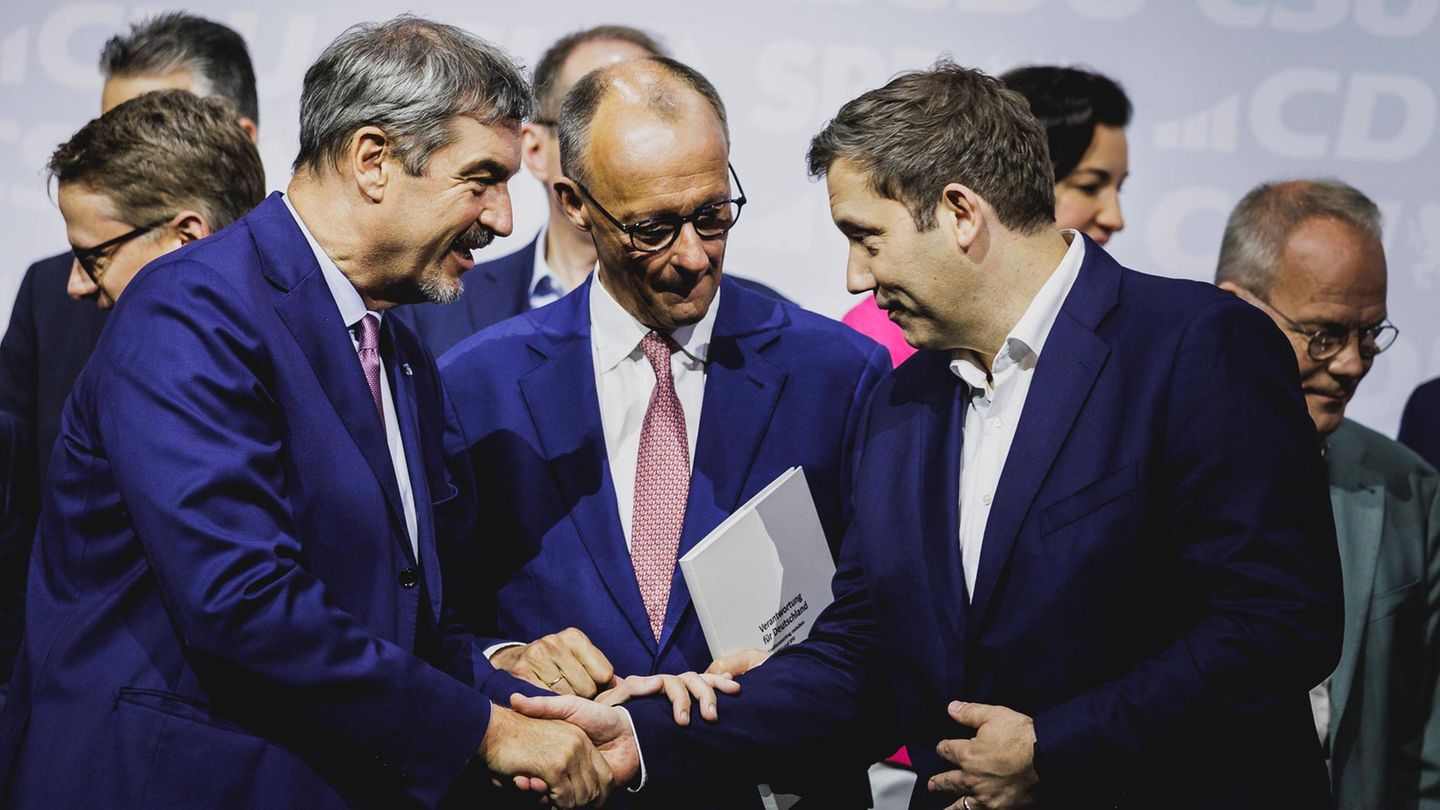Inflation in the Euro zone showed signs of relaxation during the month of August. According to data published by Eurostatthe community statistics office, the Consumer Price Index (CPI) was located in the 5.2% compared to the same month last year, marking a slight decrease of one tenth compared to the 5.3% registered in July. This figure slightly exceeded consensus expectations, which expected the rate to remain at 5.3%.
This decrease places Eurozone headline inflation at lowest level since January 2022. In the whole of the European Unionthe year-on-year inflation rate has been 5.9%, showing a slight decrease from the 6.1% recorded in July.
Among EU countries, the lowest rates stand out in Denmark (23%), Spain and Belgium (both 2.4%). On the other hand, the highest rates are observed in Hungary (14.2%), Czech Republic (10.1%) and Slovakia (9.6%). Compared to July, annual inflation decreased by fifteen member statesremained stable at one and increased by eleven.
Inflation in Europe: the underlying
For its part, the underlying rate moderated until 5.3% from 5.5% previous, being in line with the forecasts and placing at its lowest level since May.
Experts from Oxford Economics point out that, despite persistent concern about product prices, food and energycore inflation is declining, supporting the view that the ECB has reached the peak of its hike cycle rates after last week’s dovish stance.
Craig Erlamsenior market analyst at OANDA, states that general inflation in the eurozone was slightly lower than initially reported in August and that both the headline and core indexes are expected to fall next year, suggesting that the revisions are unlikely to alter the ECB’s view on future rate hikes.
Nevertheless, Erlam highlights that it is a small relief that the surprises in the data are going in the right directionalthough he remains cautious about the possibility of “aggressive” surprises in the remainder of the year.
In general, forecasts indicate that headline inflation will fall between 3.5% and 4.0% by the end of the year and will decrease further, below 3%, in March. Headline inflation is projected to reach 2% in October next year, before picking up in 2025, according to the British firm.
Inflation and interest rates in the Eurozone
The European Central Bank (ECB) rose last Thursday 0.25 points your rate at 4%chaining ten increases in a row, within the framework of a monetary policy to anchor inflation in the euro zone, despite pressure to stimulate the ailing economy.
ECB governors raised rates again and set the deposit rate at 4%key for banking operations in the euro zone, which is now at its highest level since the introduction of this currency in 1999.
Likewise, the central bank adjusted upwards its price forecasts for 2023 and 2024with an increase of 5.6% this year and 3.2% next year.
Source: Ambito
I am a 24-year-old writer and journalist who has been working in the news industry for the past two years. I write primarily about market news, so if you’re looking for insights into what’s going on in the stock market or economic indicators, you’ve come to the right place. I also dabble in writing articles on lifestyle trends and pop culture news.




